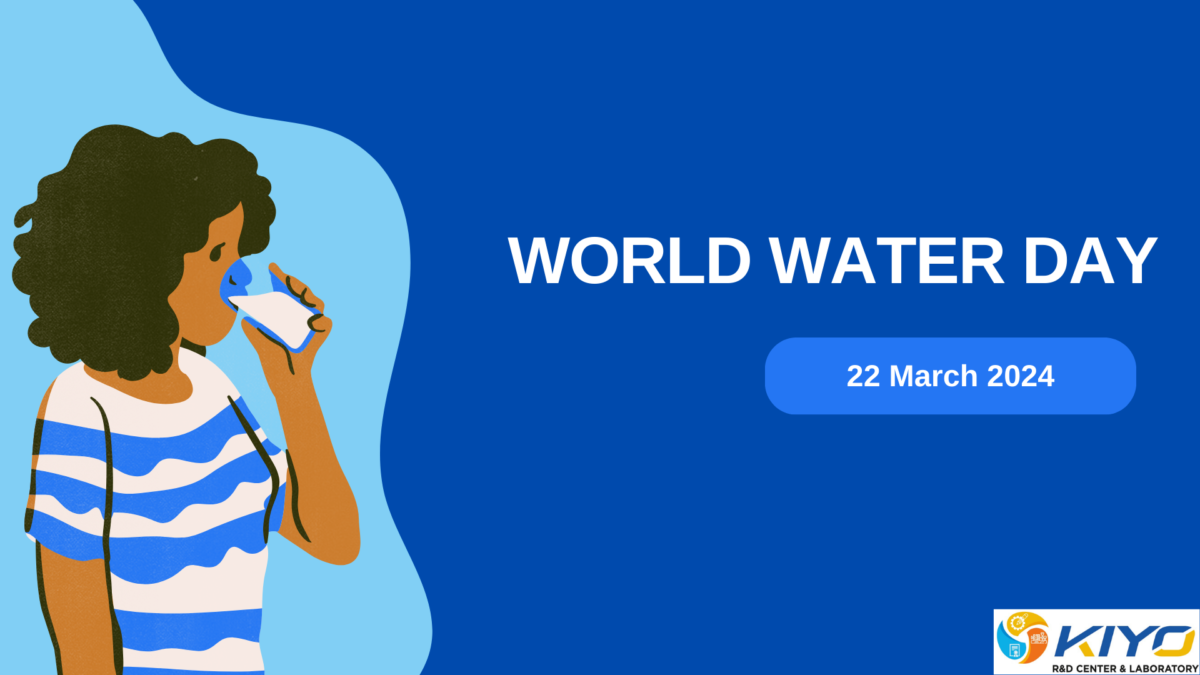Water is a crucial component of our daily lives, and ensuring its quality is paramount for our health and environment. With numerous parameters affecting water quality, standardized testing methods, such as those outlined in IS 3025, provide a comprehensive approach to evaluate and ensure the safety of water. This blog will delve into the importance of water testing for various parameters under IS 3025 and how Kiyo R&D Center & Laboratory can help in assessing water quality efficiently and accurately.
The Role of Kiyo R&D Center & Laboratory
At Kiyo R&D Center & Laboratory, we specialize in comprehensive water testing services, including all parameters outlined in IS 3025. Our state-of-the-art laboratory is equipped with advanced technologies and a team of experts committed to ensuring the highest accuracy in our testing processes. Whether for industrial, domestic, or environmental purposes, our services are designed to meet your specific water quality assessment needs.

Water quality analysis is a pivotal aspect of environmental science, ensuring the safety and usability of water for various purposes, including drinking, agriculture, and industrial processes. This blog explores the scientific principles behind common water quality parameters, focusing on their importance and the methodologies employed to measure them.
Total Coliforms (MPN/100ml) and E.coli (MPN/100ml)
Total Coliforms and E. coli are indicators of microbial contamination in water. The Most Probable Number (MPN) method estimates the concentration of these bacteria, indicating potential pathogenic organisms’ presence. High levels suggest contamination by fecal matter, necessitating immediate corrective action.
Physical Appearance After Filtration
The clarity and color of water post-filtration are crucial for aesthetic and safety reasons. Unwanted particles and microorganisms are removed to ensure water is appealing and safe for consumption.
Colour (Hazen units, max) and Odour
Water color, measured in Hazen units, assesses the water’s visual quality. It’s essential for detecting substances that may not be harmful but affect water’s appearance and consumer perception. Odour, although subjective, is crucial for identifying contaminants that could alter the water’s taste or safety.
Turbidity (NTU, Max)
Turbidity measures the cloudiness or haziness of water, indicating the presence of suspended particles. Measured in Nephelometric Turbidity Units (NTU), high turbidity can harbor microorganisms, affecting water quality and treatment efficiency.
Electrical Conductivity and pH
Electrical conductivity reflects the water’s ability to conduct electricity, directly correlated with the dissolved ion concentration. It’s a quick way to assess water salinity. The pH level, a measure of acidity or alkalinity, is fundamental for chemical processes and microbial activity in water.
Total Hardness as (CaCO3) mg/l Max
Hardness is primarily due to calcium and magnesium ions, affecting water’s suitability for use due to scaling in pipes and appliances. It’s expressed as the equivalent of calcium carbonate.
Calcium (as Ca) mg/l Max, Calcium Hardness, and Magnesium as Mg
Calcium and magnesium are significant contributors to water hardness. Calcium hardness is a subset of total hardness, while magnesium’s presence also impacts water’s taste and reactivity.
Total Suspended Solids and Total Dissolved Solids
Total Suspended Solids (TSS) measure particles suspended in water, affecting its clarity and quality. Total Dissolved Solids (TDS) quantify dissolved substances, influencing water’s taste, hardness, and conductivity.
Total Alkalinity mg/l Max and Phenolphthalein Alkalinity
Alkalinity measures the water’s capacity to neutralize acids, buffering against pH changes. It’s crucial for water treatment and maintaining a stable aquatic environment.
Chloride as Cl, Total Iron as Fe, and Sulphate as SO4 mg/l, Max
Chlorides can indicate pollution or saltwater intrusion. Iron and sulphates affect water’s taste, color, and can cause corrosion in pipes.
Silica (Reactive) as SiO2, Carbonate Hardness, and Non-carbonate Hardness
Silica in water can form scales in boilers and turbines. Carbonate hardness (temporary hardness) can be removed by boiling, while non-carbonate hardness (permanent hardness) requires chemical treatment.
Free Residual Chlorine
This parameter indicates the presence of chlorine available to inactivate microorganisms, crucial for disinfecting water supplies.

